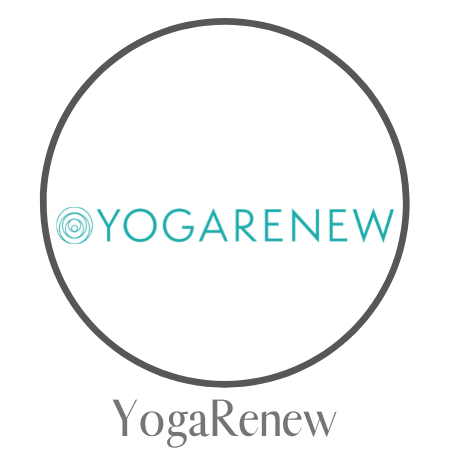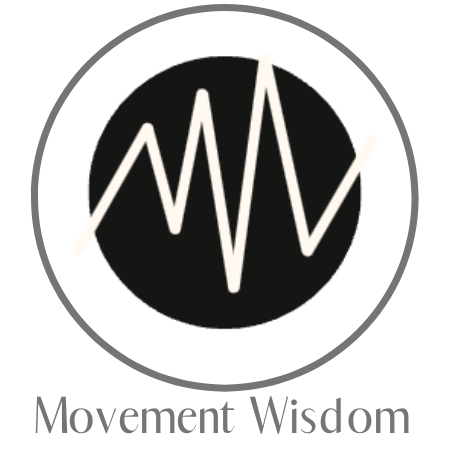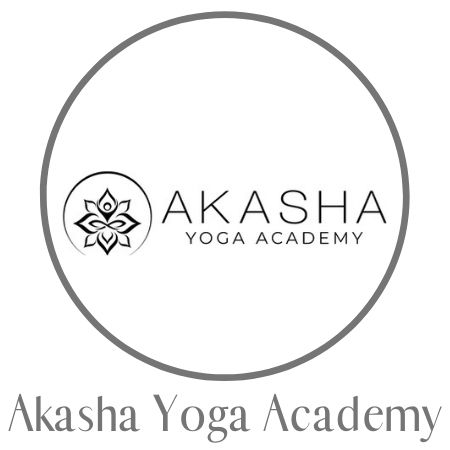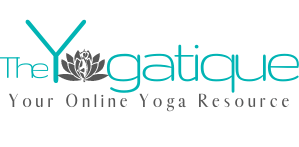If you dream of doing those fancy yoga arm-balancing postures you see on Instagram or toning your arms, you'll surely be interested in learning more about the top ten yoga poses for building arm strength.
While yoga is commonly associated with flexibility, its benefits go far beyond just touching your toes. Dynamic “yang” yoga styles such as Ashtanga and Vinyasa can effectively tone your arms and improve upper body strength.
In this article, I share the ten best yoga poses for sculpting strong arms and provide step-by-step guidance on how to do them. So slip into your favorite yoga pants, roll out your mat, and get ready to say goodbye to weak arms!
Article content:
(Click any link below to jump directly to section)

ARE YOU CURIOUS ABOUT YOGA TEACHER TRAINING?!
Online Yoga Teacher Training Offers
- Affordability
- Flexibility
- Certification
- Lifetime access
⬇Click below to discover the best Yoga Alliance registered online YTT's that are under $500⬇
10 best yoga poses to build arm strength
If your goal is to strengthen your arms, focus your yoga practice on building upper body strength. This means doing poses that target the shoulder, chest, and upper back muscles as well as the arms (biceps and triceps). Here are 10 poses you should be doing to build upper body strength:
- One-Leg Down Dog
- Plank Pose
- Dolphin Pose
- Crow Pose
- Forearm Stand
- Chaturanga
- Side Plank
- Bow Pose
- Upward Plank
- Cow Face Pose

1. One-Leg Down Dog
Downward Dog is one of the best yoga poses for building arm and shoulder strength. It works the same muscles as in the overhead press weightlifting exercise; the pectoral muscles, deltoids, triceps, trapezius, and erector spinae.
Lifting one leg in a down dog shifts more weight onto your upper body, causing the arm and shoulder muscles to work more. Here's how to do One-Leg Down Dog:
- From a downward facing dog position, lift one leg, reaching the toes to the sky.
- Ensure your fingers are spread and palms firmly grounded to protect your wrist joints
- Hold for 5 breaths, release the leg, and raise the opposite leg.

2. Plank Pose
When thinking about yoga for the arms, Plank pose is probably one of the first postures that comes to mind. When we hold Plank, various muscles in the upper body engage, including the biceps, triceps, trapezius, rhomboid major and minor, serratus anterior, and deltoids. Here’s how to do plank pose:
- From a Downward Dog, shift your weight forward, bringing your shoulders directly over your wrists and the hips align with the body.
- Spread the fingers and press firmly into the palms, distributing the weight between all four corners.
- Activate the shoulders by pulling the shoulder blades away from each other.
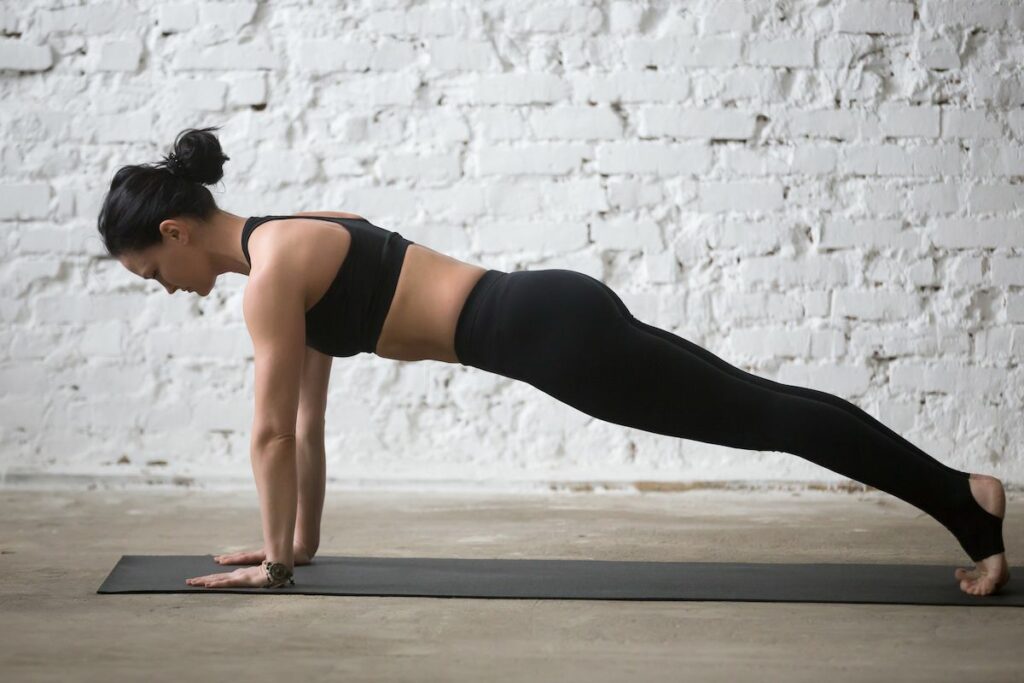
3. Dolphin Pose
Dolphin pose involves bearing weight on the forearms, similar to a forearm plank. However, the raised hip position shifts more weight to the upper body, adding an extra dimension of challenge.
It also opens the upper back and strengthens the shoulder girdle, biceps, and triceps. So as well as helping to cultivate lean and strong arms, it's wonderful for increasing stability in the upper body. Here's how to do Dolphin pose:
- Come into a forearm plank from a tabletop position by bringing your forearms to the ground with the elbows shoulder width apart and palms facing down.
- With your shoulders stacked directly over the elbows, extend your legs behind you, bringing your body in one straight line. You should feel the core strongly activated here.
- Next, slowly walk your feet toward you, lifting your hips to the sky as you do so. Walk your feet as far in as you can without bending your knees.
- Let your head hang between your arms (but not on the ground) as you hold for five breaths.
- For an extra challenge, lift one leg to the sky, hold for a breath, release the leg, and repeat with the other.
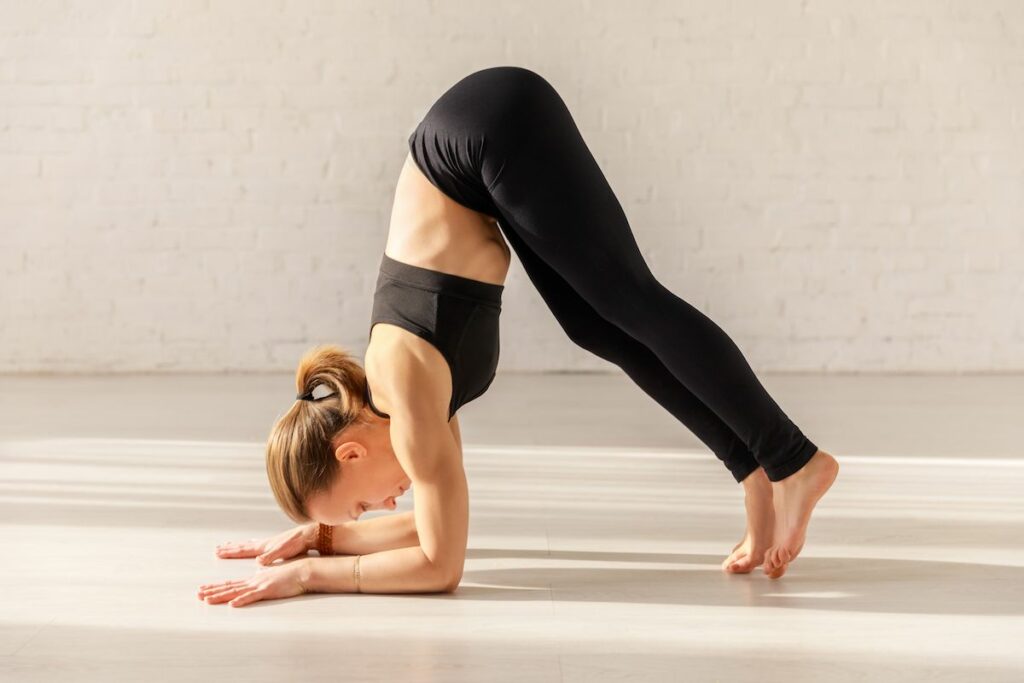
4. Crow Pose
While all arm balances are incredibly strengthening for the arms, Crow pose is often the first one people learn. In arm balances like Crow, your entire body weight is not only held up by your upper body but also balanced in the air. Thus, if you practice arm balances regularly, you can build noticeable strength in the arms, wrists, and shoulders.
One of the biggest fears around arm balances is the fear of falling. So if you are new to crow pose, I recommend placing a pillow in front of you. That way, if you lose your balance and fall forward, you'll have a soft landing. Here's how to do Crow pose:
- Start in Malasana (squat pose) with your sit bones close to the ground and knees out wide.
- Place your palms flat on the ground in front of you between your feet. Spread the fingers.
- Lift your hips while keeping your upper body low. Bring your knees to the outside of the upper arms.
- Rock your weight forward so that you feel your knees press into your triceps. At this point, you should be on the tips of your toes.
- Either stay here getting used to the weight on your arms or float one foot off the ground and then the other.
- If you lift both feet off the ground, bring the big toes to touch and keep your gaze forwards, not down.
- Hold for five breaths or as long as you can.
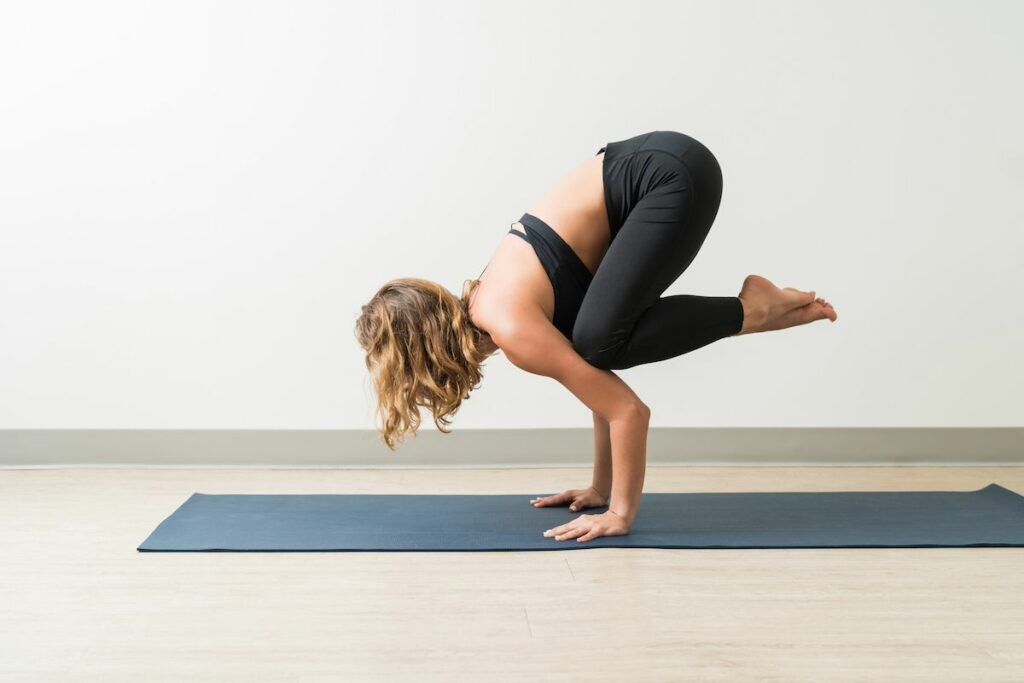
5. Forearm Stand
The forearm stand (Pincha Mayurasana) is a challenging and advanced inversion that requires time and patience to master. To enter the forearm stand, you need a lot of strength and stability in the upper body, as well as a strong core, spatial awareness, and good weight distribution. Here's how to do forearm stand:
- Enter the forearm stand from Dolphin pose. You may prefer to do this with the wall behind you.
- First, start by lifting one leg at a time and then both legs together, bringing your feet directly over your body.
- Draw your front ribs in, hug the inner thighs and shins together, and press the base of the big toe up to the ceiling.

⬇Yoga Alliance registered yoga teacher trainings you should look into⬇
6. Chaturanga Dandasana
Chaturanga Dandasana is an excellent pose for strengthening the biceps along with the triceps and pecs, as it works similarly to the standard push-up. The key difference is that instead of pushing yourself back up to plank, you transition into the upward-facing dog pose (as part of the sun salutation sequence). Here's how to do Chaturanga Dandasana:
- Start in a Plank position with the shoulders directly over the wrists.
- Bend your elbows, hugging them into your ribs as you lower halfway to the floor. Be careful; the elbows tend to wing out to the sides if the arm muscles are weak.
- Keep your core engaged to ensure your hips align with your body as you lower down.
- Before releasing your body to the floor, press into your hands and straighten your arms, lifting your chest into an upward dog. The hips should lower but remain hovering off the ground. Press your chest forward and draw your shoulders away from the ears.

7. Side Plank

Side Plank requires you to balance all your weight on one arm, requiring deep engagement of the bicep, deltoid, and obliques. Along with holding the side plank for several breaths, dynamically transitioning from plank to Side Plank can be highly effective. Here's how to do Side Plank:
- To transition from Plank to Side Plank, shift your weight into your right hand as you turn your body to the side.
- Stack the left leg over the right and ensure your shoulder is directly over your wrist.
- Keep the left hip lifting so that the body remains in one line.
- Keep your left hand on the top hip or reach it up. You can also float the left leg off the right one for an extra challenge.
- Hold for five to ten breaths and then repeat on the other side.
8. Bow Pose
Bow pose is an active extension posture where the arms reach back and press away from the torso. However, unlike in the similar asana locust pose, you grab your feet and actively press into your hands in this position. This action creates resistance and builds strength in the triceps. Here's how to do Bow pose:
- Start in a prone position with your legs extended behind you and arms by your sides.
- Bend your knees as you lift your arms, reaching towards your ankles or feet.
- Grabbing from the outside of the ankles or feet, gently press your feet toward your hands, creating a lift in the chest.
- Allow the chest to come off the ground, arching the spine and looking straight ahead.
- Continue pressing the feet into the hands while creating resistance in the arms. Hold for 5 to 10 breaths.
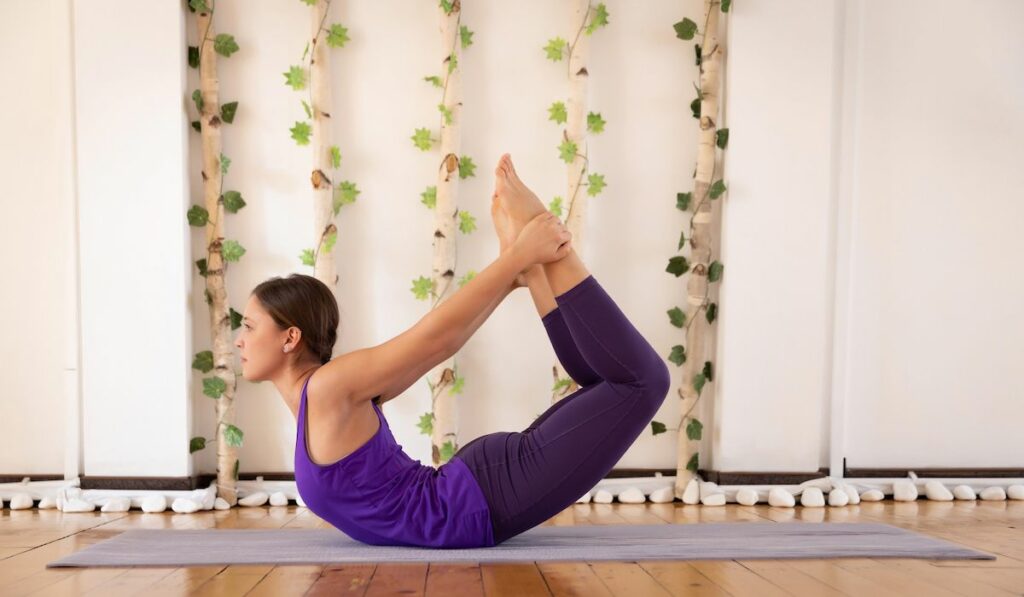
9. Upward Plank
An Upward Plank involves bringing the arms into a backward extension while pressing into the ground to lift and bear the body's weight. The triceps engage and extend as you actively press the hands away from the feet. Here's how to do Upward Plank:
- From a seated position with your legs extended and feet together, bring your hands behind you
- Point your fingers towards the feet and stack the shoulders directly over the wrists.
- Press the chest up, and keep the hips lifted and thighs activated by hugging them toward each other.
- Drop the head slightly back with your gaze to the sky.

10. Cow Face Pose
Cow face pose (Gomukhasana) involves the external rotation of one shoulder and the internal rotation of the other one. Both movements call for triceps engagement, helping to reduce arm fat while improving shoulder mobility and stability. Here's how to do Gomukhasana:
- From a seated position, reach your right arm up to the sky, then bend the elbow, bringing the fingertips to the upper back (palm facing in).
- Next, reach your left arm behind your lower back, bend the elbow, and reach the fingertips up your back (palm facing out).
- Try to clasp both hands here. If this is too difficult, use a strap instead, holding onto it with both hands.
- Keep your top elbow pointing up, chest open, and spine straight as you hold the stretch for five breaths.
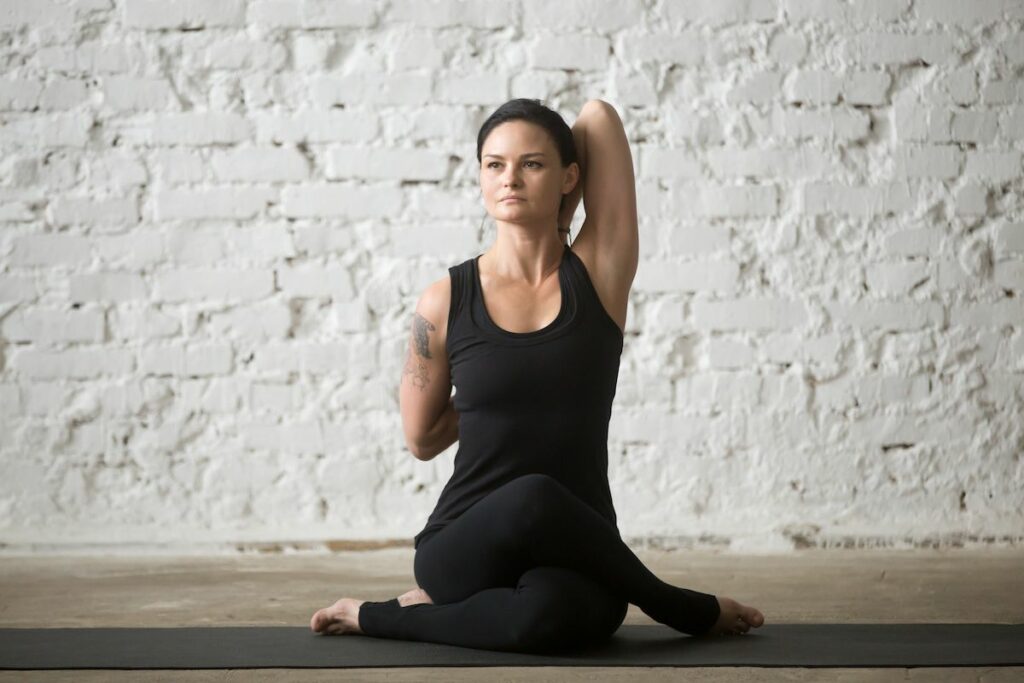
Takeaway on how to build stronger arms with yoga
While yoga for the arms probably won't give you the bulging biceps of a weightlifter, it can help you lose excess fat, tone up, and increase your strength and stability. If this is your goal, focus on strengthening dynamic styles of yoga like Ashtanga and Vinyasa, including the above arm strengthening postures in each session.
Other articles you might enjoy for further asana understanding:
- Best malasana modifications
- Parsva Balasana tips
- Best yoga poses to build a stronger core
- The best yoga stretches for leaner legs
Some online yoga studios, online yoga teacher training programs, and brands that we write about may offer us a small percentage should you decide to purchase after reading our content. Thank you for enabling us to exist!


